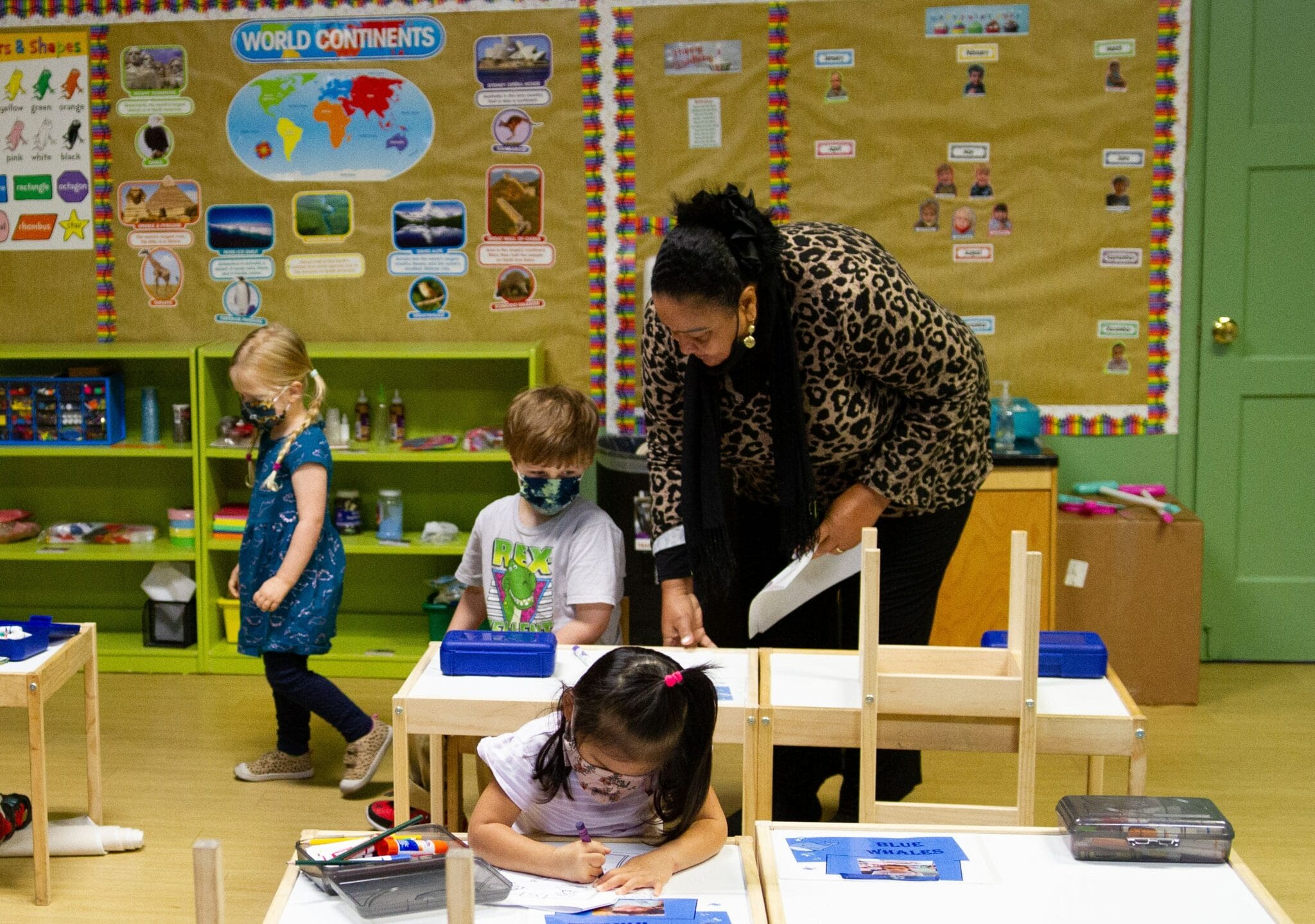Early care and education (ECE) teachers face chronically low wages, both in California and around the country. However, low earnings are not the only reason early educators worry about their finances: many of them don’t have any retirement savings.
We gathered data on the current state of retirement savings among California’s ECE workforce in the 2020 California ECE Workforce Study, a comprehensive survey of more than 7,500 educators. We found that only one half of lead teachers and administrators in child care centers have any retirement savings. Even worse, the same is true for only 39 percent of center aides and 21 percent of family child care (FCC) providers. Meanwhile, the vast majority (87 percent) of kindergarten teachers have at least some sort of retirement savings, often in the form of a pension in public school contexts. The figure below summarizes these stark differences.
California has a publicly sponsored program called CalSavers which may ease some of the burden: by the end of June, 2022, any employer with five or more employees without a retirement plan will be required to begin participating. While the program’s expansion could facilitate access to a retirement savings account, early educators do not have room in their budget to make contributions. Right now, many teachers would have no choice but to rely on debt when hit with a $400 emergency expense. California will need to invest in alternate strategies to make retirement savings accessible to the ECE workforce—especially for the nearly 80% of FCC providers without any retirement savings.



